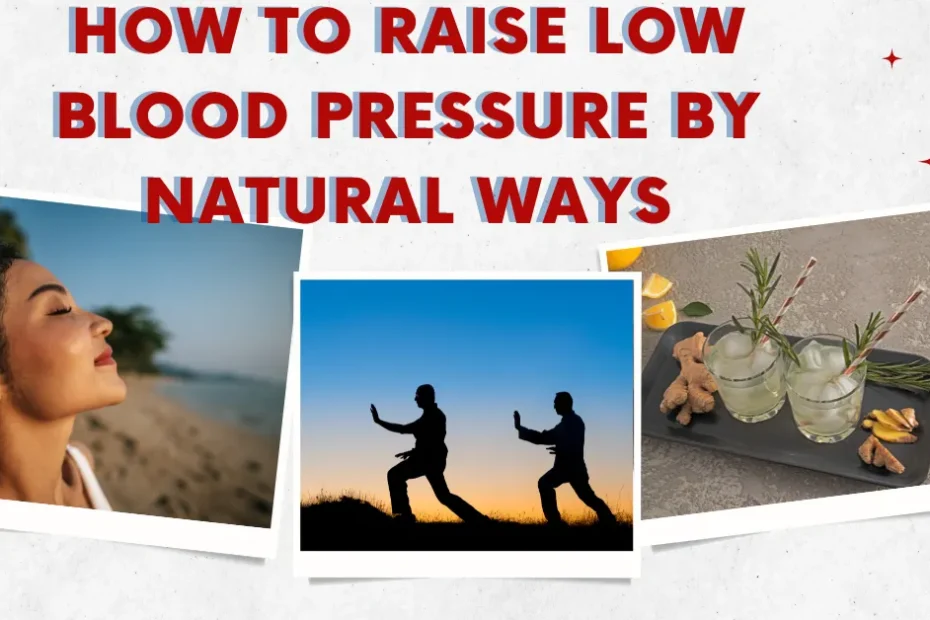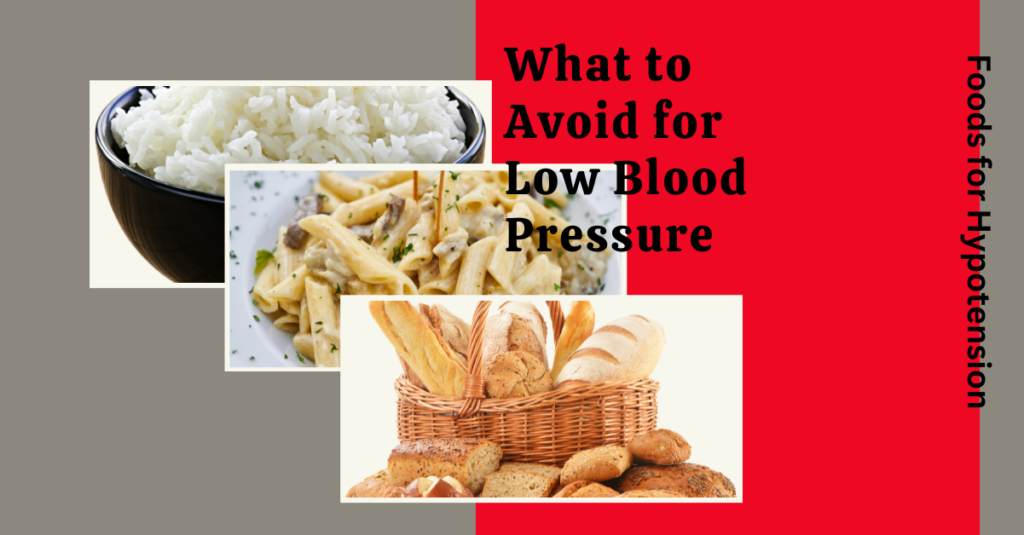Herbal Remedies & Low Blood Pressure: Low blood pressure (hypotension) is a systolic blood pressure below 90 mmHg or a diastolic blood pressure below 60 mmHg. Low blood pressure (hypotension) occurs when the amount of blood pumped out of the heart per minute is less than the amount of blood being taken into the body.
If left untreated, low blood pressure can cause serious health problems such as a heart attack, stroke, kidney failure, and even death.
Hypotension occurs when the amount of blood pumped through the body per heartbeat falls below normal levels. In adults, hypotension is typically caused by dehydration, excessive salt intake, decreased circulating volume due to blood loss, or side effects from medication.
The most common cause of hypotension is dehydration.
Other causes include decreased salt intake, increased sodium loss due to sweating, certain medications, and kidney disease.
Hypotension may be mild or severe:
- Mild hypotension usually does not require treatment unless symptoms occur.
- Low blood pressure symptoms include dizziness, fainting, weakness, headache, confusion, slurred speech, blurred vision, chest pain, shortness of breath, nausea, vomiting, diarrhea, abdominal cramps, and cold/clammy skin.
What To Eat To Help Raise Low Blood Pressure
- The best way to treat hypotension is to increase water intake and add more salt to your diet.
- Avoid caffeine-containing beverages such as coffee, tea, cola, chocolate, and energy drinks. These substances dehydrate the body and increase blood pressure.
- Potatos
- Rice
- Pasta
- Herbal Remedies
- Alcohol
Drink Plenty of Fluids
When you’re dehydrated, your blood volume is reduced, which causes your blood pressure to decrease. Most doctors recommend drinking at least two liters (roughly eight glasses) of water every day. Your water intake should be higher in hot weather or while exercising.
Eat Salty Foods
Foods with high salt content can elevate your blood pressure. Good sources of salt include olives, cottage cheese, Olives, Anchovies, Cottage cheese, Canned soup, Canned tuna, Crackers, Fish and canned soup or tuna. You can also add table salt or sea salt to your meals, depending on your preference.
Foods That Contain Caffeine
Beverages like coffee and caffeinated tea cause an increase in heart rate and a temporary spike in blood pressure. This effect is usually short-term, and caffeine intake does not affect everybody’s blood pressure the same way. Coffee, Tea, Cocoa, Chocolate
Foods Rich in Folate (Vitamin B9)
Folate (also known as Vitamin B9) is another essential vitamin found in foods such as Asparagus, Broccoli, Brussels sprouts, Spinach, Leafy greens, Oranges, Orange juice, Nuts, Legumes such as lentils and chickpeas. A folate deficiency can have many of the same symptoms as a Vitamin B12 deficiency, causing anemia which leads to lower blood pressure.
Foods Rich in Vitamin B12
Vitamin B12 is a nutrient that helps produce healthy red blood cells and also helps prevent megaloblastic anemia, a blood condition that makes people tired and weak. Some foods rich in vitamin B12 include: Eggs, Chicken, Low-fat dairy products, Fish like salmon and tuna
Add Potassium-Rich Foods
Potassium helps regulate blood pressure by balancing the effects of sodium and supporting fluid balance. Foods to Include: Bananas, sweet potatoes, oranges, and avocados.
Boost Electrolytes
Electrolytes like magnesium, calcium, and potassium play a crucial role in maintaining blood pressure. Electrolyte Sources: Magnesium: Nuts, seeds, whole grains. Calcium: Dairy products, fortified plant-based milk. Potassium: Coconut water, melons, and dried apricots.
How to Raise Low Blood Pressure Naturally by Managing Stress Levels
Managing stress is a powerful, natural approach to supporting healthier blood pressure—especially for individuals dealing with low blood pressure symptoms such as fatigue, dizziness, blurred vision, and fainting. While stress is typically associated with high blood pressure, chronic stress can just as easily contribute to blood pressure instability, including hypotension (low blood pressure).
Why It Works:
Chronic stress triggers the ongoing release of hormones like cortisol and adrenaline. These “fight or flight” chemicals prepare the body for action, often elevating heart rate and constricting blood vessels. However, when the body remains in a constant state of stress, the cardiovascular system becomes overworked and dysregulated. For individuals experiencing symptoms of low blood pressure, this can mean more frequent episodes of dizziness, faintness, and poor circulation, especially when transitioning from a sitting to a standing position.
Stress can also lead to behaviors that worsen low blood pressure symptoms—such as irregular eating, poor sleep, and dehydration. That’s why effective stress management is not just about mental wellness, but also about supporting the physical systems that regulate your blood pressure.
What You Can Do:
1. Deep Breathing Techniques
Practicing diaphragmatic or deep breathing activates the parasympathetic nervous system, which helps calm the body and promotes improved circulation. Inhale slowly through your nose, hold for a few seconds, and exhale gently through your mouth. Just 5–10 minutes a day can yield noticeable results.
2. Daily Meditation
Meditation helps clear mental clutter and reduce stress hormones. Utilize guided meditations or mindfulness apps to maintain consistency. A daily practice of even 10 minutes can create a calmer, more balanced internal environment, which is key to stabilizing blood pressure.
3. Progressive Muscle Relaxation (PMR)
This method involves tensing and releasing specific muscle groups, promoting overall relaxation throughout the body. Regular PMR sessions help reduce both mental and physical tension, which indirectly supports blood pressure regulation.
4. Gentle Movement Practices
Yoga and tai chi are excellent low-impact exercises that enhance circulation, improve breathing, and calm the nervous system. They’re particularly effective in reducing stress while increasing physical resilience.
5. Journaling and Positive Affirmations
Write down your thoughts, express gratitude, and repeat affirmations to cultivate a positive mindset. Emotional balance contributes to nervous system stability and can help alleviate symptoms of low blood pressure over time.
By integrating these natural stress management techniques into your daily life, you can help stabilize your body’s response systems and manage low blood pressure symptoms holistically and sustainably.
Low Blood Pressure Symptoms – Consider Herbal Remedies
| Topic | Details |
|---|---|
| Why Herbal Remedies Work | Certain herbs support blood pressure balance through adaptogenic or circulatory benefits. They may stimulate adrenal function or enhance vascular health to elevate low blood pressure naturally. |
| Licorice Root | Promotes sodium retention and reduces potassium excretion, increasing blood volume and blood pressure. Use cautiously; excessive intake may cause electrolyte imbalance. |
| Ginseng (especially Korean Red) | Acts as an adaptogen to enhance energy, stamina, and stress response—beneficial for regulating low blood pressure symptoms. |
| Ashwagandha | Supports adrenal health, reduces stress, and promotes balanced blood pressure over time. A gentle adaptogen useful for chronic hypotension. |
| Holy Basil (Tulsi) | Stress-reducing herb that nourishes the adrenal glands and may help regulate low blood pressure caused by emotional stress. |
| Rosemary | Improves circulation and supports vascular tone. Can be used as a tea or seasoning to enhance blood flow in cases of hypotension. |
| Ginger | Although known for lowering high blood pressure, ginger may help boost circulation in individuals with low blood pressure due to poor blood flow. |
| Precautions | Start with small doses. Monitor effects and avoid prolonged use of a single herb to prevent side effects like hormonal imbalances or dehydration. |
| Holistic Support Tip | Combine herbal remedies with stress-reducing techniques (like breathing exercises or meditation) to naturally support healthy blood pressure levels and overall well-being. |
- Potatos
- Rice
- Pasta
- Herbal Remedies
- Alcohol
Source & Credits:
Natural Ways to Lower Blood Pressure: 7 Surprising Tips
When the World Starts Spinning: Coping with Dizziness and Vertigo
https://www.mayoclinic.org/diseases-conditions/low-blood-pressure
Share this:
- Click to share on Facebook (Opens in new window) Facebook
- Click to share on Pinterest (Opens in new window) Pinterest
- Click to share on LinkedIn (Opens in new window) LinkedIn
- Click to share on X (Opens in new window) X
- Click to share on Tumblr (Opens in new window) Tumblr
- Click to share on Bluesky (Opens in new window) Bluesky


Certain thyroid conditions, such as hypothyroidism, can be associated with higher risk of hypertension
Nice artice!!! 🙂
Potassium is a crucial mineral that helps balance sodium levels and supports healthy blood pressure. Include more potassium-rich foods like bananas, sweet potatoes, spinach, avocados, and beans in your diet.